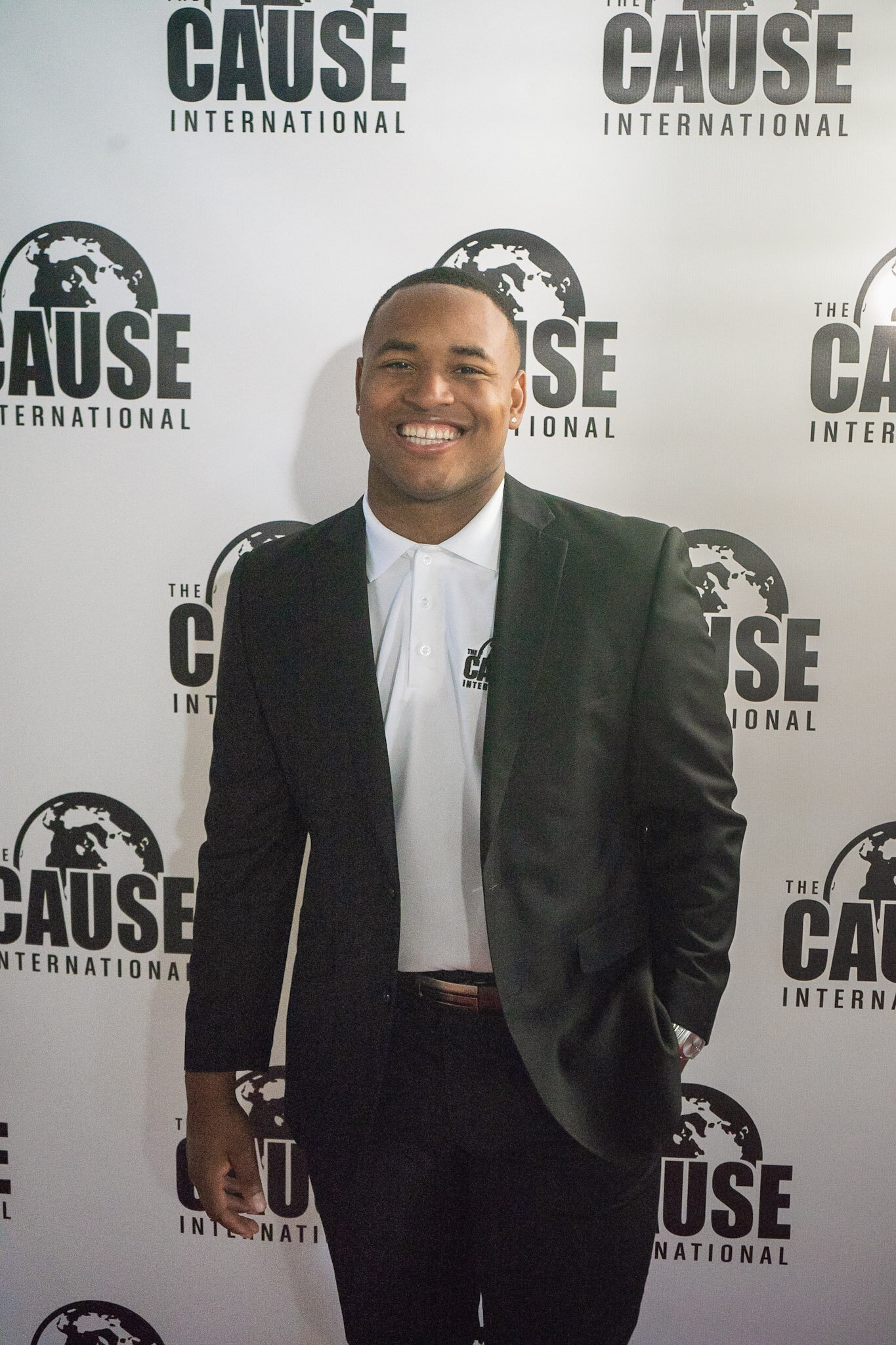Karl Ulfers has plenty of advice to offer young entrepreneurs hoping to emulate the degree of professional success the 2002 Saint John’s University graduate has achieved in the ever-evolving world of technology.
But perhaps the key piece is this:
“You have to believe in the model of empowered teams, bringing together people with different skill-sets to achieve a common goal,” he said. “Because what that allows you to do is identify a problem set -- needs that you want to go after -- and then you buckle down and build team by team by team to go after those areas.
“And when you find the right people for those teams, they can really change the world. Because they will appreciate all their different skill-sets, and they will appreciate that they all have to come together to get things done.”
Ulfers knows of what he speaks.
As the CEO of Minneapolis-based Rally Health, he is in charge of an innovative digital health platform that is available to nearly 55 million people and is offered to employees by more than 200,000 companies.
But it wasn’t always that way. When Ulfers helped get the company off the ground in 2013, he was essentially starting from scratch.
“It was basically zero,” he said with a smile. “We had a handful of large companies as clients, and we were strictly a wellness and rewards company at that point. That was our game. But we had this amazingly talented group of people and leadership that allowed us to grow the way we have.”
These days, Rally Health has evolved into a complete digital health experience, focusing on increasing consumer engagement. So, for example, members can find assistance in locating doctors and other specialists and navigating the ins and outs of their health coverage.
They can compare costs of needed medical procedures and even schedule appointments. And they can also find tips and programs for managing their diet, getting in better shape and recovering from illness or other medical issues.
The company is part of the Optum business of UnitedHealth Group. But its services can be purchased by other medical insurance providers for use by their members as well.
“Our industry and what we do is as good as our work today, not what we did in the past,” he said. “And so you have to constantly be challenging your assumptions and practices, asking ‘Okay, we did it that way before, but is that going to be the very best way of doing it as we go forward?’”
Those are skills in critical thinking that Ulfers developed during his time at SJU, with special thanks, he notes, to mentors Fr. Timothy Backous and Fr. Jerome Tupa and many inspiring professors.
“There was an economics professor named Larry Litterst,” Ulfers said. “He was not your average by-the-rules professor. He definitely looked at the world in a little different way, and I always appreciated that.
“Because especially in economics, you can get into this mindset that if you follow this formula, or this model, or this approach, you’re going to get an answer and it’s going to be the right answer. He always did a really good job of encouraging us to challenge that mindset.”
The Eagan High School graduate arrived in Collegeville planning on majoring in management. But he said another professor helped change his perspective.
“Professor (James) Murphy, who was actually a political science professor, really pushed me to get off of that path and to develop a broader critical thinking set,” he recalls. “So I ended up becoming an econ major and I think that was probably one of the most important decisions I ever made. Because it gave me a stronger academic foundation on which to evaluate problem sets, to figure out opportunities and to discover where to go with them.”
Ulfers went on to do an internship with Dain Rauscher Wessels, a brokerage and investment banking firm later acquired by Royal Bank of Canada, but he didn’t find that work to be as personally rewarding as he had hoped.
“It was great,” he said of his internship. “But for me, I didn’t feel the mission was strong. My Mom was a nurse. My Dad ran a community development agency that focused on public housing and things of that nature. So having a strong sense of mission in what I do is key for me.”
He said he is able to find that sense of purpose through his work at Rally.
“It’s great because I can see it every day in the work we do – the products and the experiences we create. At several of our offices, for example, where you find engineers and product designers working closely together, you can see it in their passion for what they do. And having that sense of purpose is the way we’re able to make a difference in people’s lives.
“Something we’ve started to do is bring in Rally members to speak with our staff. I really believe in personal stories. So we bring in people who have used our product to improve their health, like the woman who has been using our product for a couple of years now post-cancer. Just trying to stay healthier and decrease the likelihood she has cancer again. We live-streamed it to all our sites across the company so all 1,500 employees could hear her tell her story about how using our products have helped her.”
The technology that Rally Health now uses did not even exist when Ulfers left SJU. But he said that keeping up with ever-changing advances is a challenge he relishes.
“I’ve always been a person who likes to push outside my comfort zone,” he said.
“If you’re ambitious, and you really want to get after it, I think the most important thing you can do is put yourself in a job and a position that’s going to stretch you and allow you to move horizontally so you can broaden your skill set and knowledge base. If you go right into a safe-harbor type job, which isn’t a bad thing, it’s just that it’s going to put you in a really specific box and limit your growth.
“If you can get into a role that is going to force you to push the critical thinking foundation you get at a place like Saint John’s – and it doesn’t matter if that role is in sales or account management, technology, finance or whatever – it’s going to give you a diversity of experiences that help build your career. And if you find a company that’s taking on really hard new problems - where you might have passion and conviction around that work - then you can aim to change the world, too.”
COVID-19 Acceleration
Digital health was already an expanding field, but the ongoing COVID-19 pandemic has expedited its growth at a rate that would have been hard to envision just months ago.
“I don’t think it’s an exaggeration to say that the future of virtual care has been accelerated by five or even 10 years,” said Karl Ulfers ’02, CEO of Minneapolis-based Rally Health whose consumer digital health platform is available to nearly 55 million people and is offered to employees by more than 200,000 companies.
“This has accelerated the direct patient-to-health-care side of digital health in a way that no one in the industry could have predicted.”
Ulfers points to the enormous rise in virtual doctor visits as patients have found themselves at home or even quarantined after testing positive for COVID-19.
“The numbers are pretty mind-boggling,” Ulfers said. “Before COVID, about 10,000 people a week used our Rally platform to get information about and connect to virtual doctor visits. With COVID, on average, that number is about 50,000 to 60,000 a week.”
Ulfers pointed to three key areas in which Rally has seen the demand for its services rise during the current pandemic:
● Virtual medical care;
● Virtual fitness and health programs (as users saw the gyms and fitness centers where they normally work out closed);
● Mental health care and support (likely as a result of anxiety and stress related to the virus and its impact on daily life and the economy).
“The most important metric we use to judge the value of our direct response to the needs of the people we serve is what’s called the net promoter score (NPS),” he said. “That’s how likely a person is to recommend what we do to a friend. And that’s gone up anywhere from 10 to 18 points across the various different services we provide.”
Employees at Rally Health have been supporting and expanding those services while working remotely themselves – a situation Ulfers said the company was well-suited to adapt to because of its digital focus and wide geographic footprint.
“We have offices across the nation, and we’ve always worked virtually in some respects, so we were very comfortable with that,” he said.
Ulfers said the pandemic is likely shaping the face of health care as we know it.
“The biggest single opportunity coming out of all of this is going to be the ability to create a digital-first point-of-care experience that enables people to have the experience they’ve had with their doctor and pharmacy in-person to happen digitally. To borrow a phrase: The future begins today.”






























